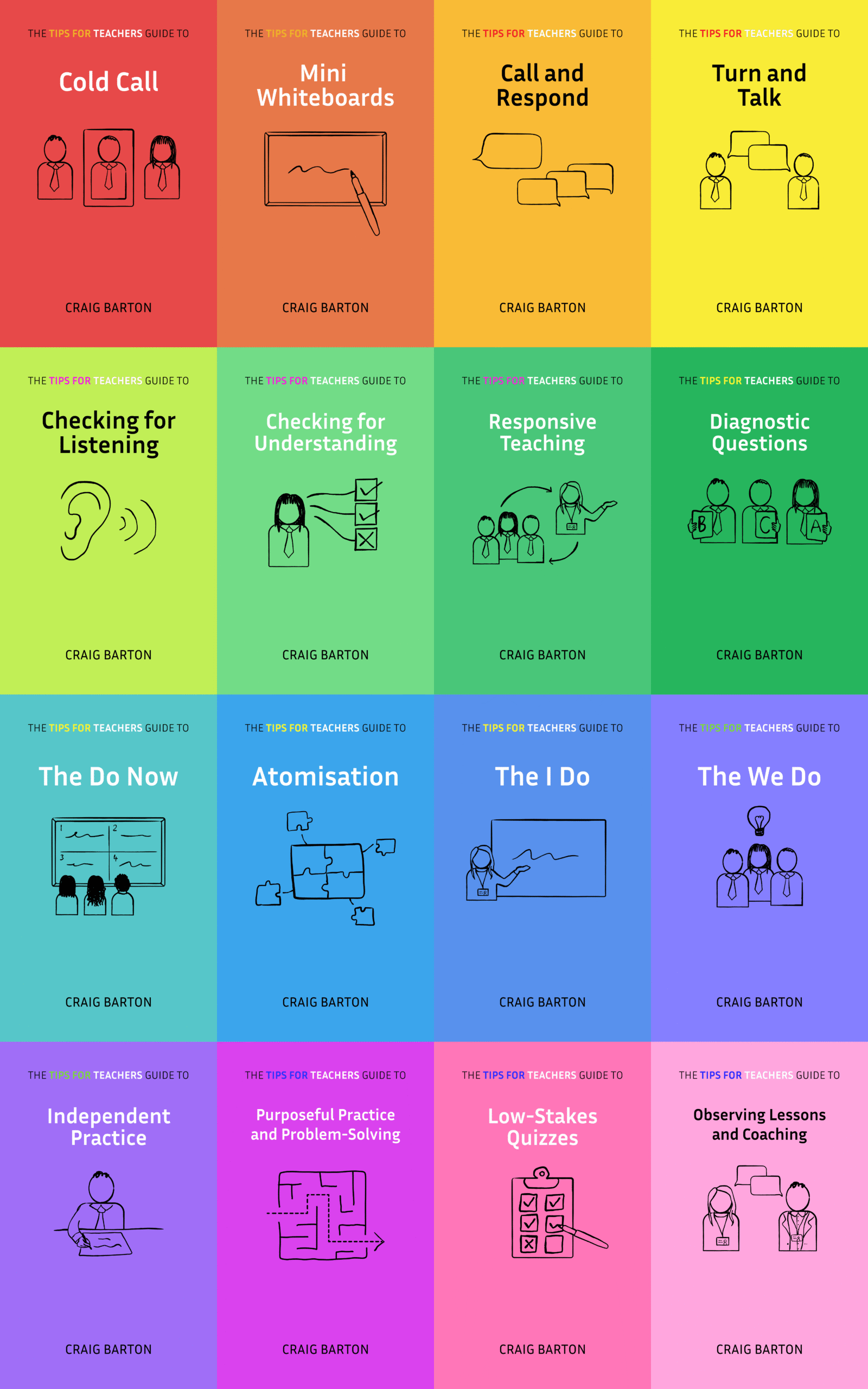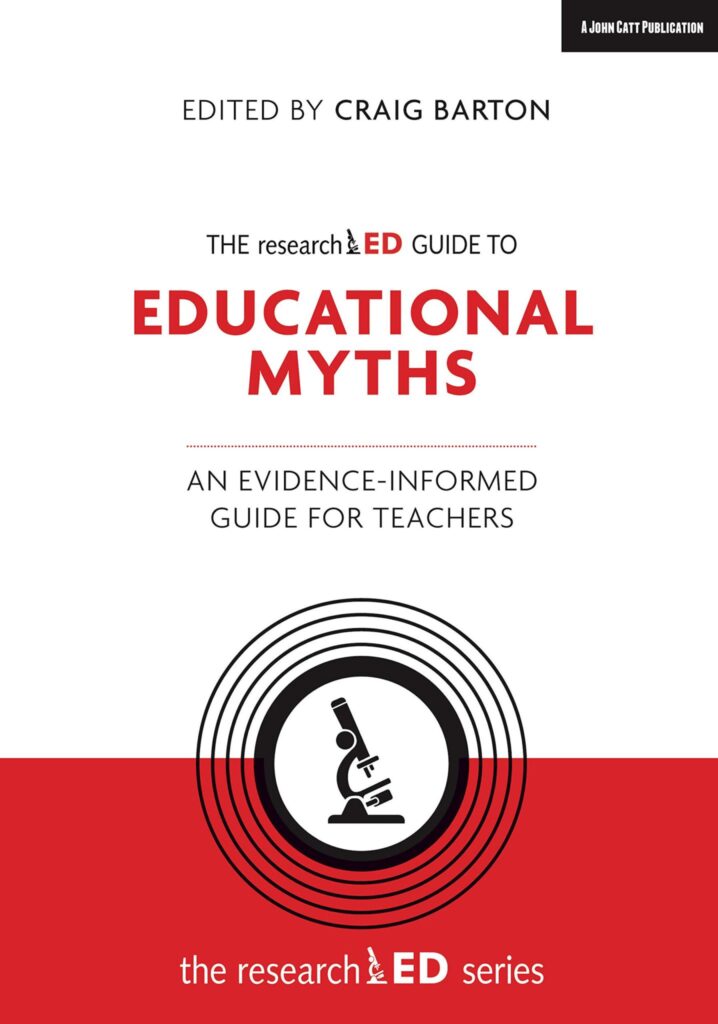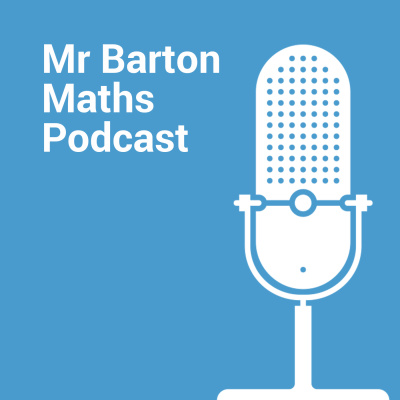
- Title: Noise, Cognitive Function, and Worker Productivity
- Authors: Joshua T. Dean
- Access the original paper here
- Listen to a deep-dive podcast:
Paper summary
This document explores the impact of noise on worker productivity in a real-world setting. Through experiments with textile workers, it demonstrates that increased noise levels reduce output, suggesting that noise significantly impairs cognitive function, which is crucial for such tasks. Furthermore, the research finds that workers appear unaware of noise’s detrimental effect on their productivity, as their willingness to pay for quieter conditions is not influenced by whether their pay depends on performance. This highlights a potential need for policy interventions to address the negative economic consequences of noise pollution, especially in rapidly urbanizing developing regions.
If teachers are to remember one thing from this study, it should be…
Noise can impair cognitive functions, such as attention and working memory, which are crucial for task management and performance, and individuals (like the workers in this study) may not be aware of how significantly noise affects their performance
***Paper Deep Dive***
Define the key technical terms used in the paper
- Cognitive function (or executive function) encompasses general task management abilities like attention and memory.
- Productivity refers to worker output in a real-work setting.
- Noise pollution describes excessive environmental sound.
- dB (decibel) quantifies noise levels, where 10 dB is a perceived doubling in loudness.
- Willingness to pay (WTP) measures the maximum one would pay for a good.
- Randomized experiments are a research method using random assignment to study causal impacts.
What does this paper add to the current field of research?
This paper provides first causal evidence that noise reduces worker productivity in a real-work setting in Kenya. It further demonstrates this effect is driven by impaired cognitive function, not effort. Crucially, it finds workers neglect noise’s productive impact, suggesting policy intervention is needed.
What are the characteristics of the participants in the study?
The study participants were primarily manual laborers in Kenya, recruited from textile factory gates outside Nairobi. They were accustomed to significant levels of noise. The overall sample (both experiments) averaged 27 years old, was 57% female, and 63% had a high school education or more.
What are the key implications for teachers in the classroom?
The paper highlights several key implications for teachers in the classroom. Excessive noise can significantly impair students’ cognitive functions, such as attention and working memory, which are crucial for learning and academic success. The research found that even a 10 dB increase in noise (equivalent to moving from a dishwasher to a vacuum cleaner’s sound) reduces performance.
Teachers should be aware that noisy environments can directly hinder a student’s ability to process information, focus on tasks, and retain knowledge, potentially leading to lower productivity and poorer school outcomes. Moreover, the study reveals that individuals may neglect or be unaware of noise’s detrimental impact on their performance. This suggests that simply expecting students to adapt might be ineffective, underscoring the need for active intervention to mitigate noise pollution in learning environments or to raise awareness among students about its negative effects.
Why might teachers exercise caution before applying these findings in their classroom?
Teachers should exercise caution because the study utilized engine noise and a sewing production task, which may not perfectly represent the diverse types of noise in a classroom (e.g., chatter, street sounds) or the varied cognitive demands of learning activities. Further research is needed on different noise sources and tasks.
What is a single quote that summarises the key findings from the paper?
An increase of 10 dB reduces productivity… The same noise change impairs cognitive function but not effort task performance. This illustrates how environments associated with poverty can affect economic outcomes by impairing cognitive function… Individuals’ willingness to pay does not depend on the wage structure; suggesting that they are not aware that quiet working conditions would increase their performance pay. This cautions against the ability of workers to appropriately adapt to the impacts of noise and suggests dealing with environmental cognitive impediments may require policy intervention








